The TC Max proves electric bikes are now really viable commuters
Quite a few moons ago, I spent a bit of time with Super Soco’s first foray into the Australian market, the TS1200R. Akin to a 50cc moped at the time, it had a top speed of about 60km/h and by today’s standards was a bit slow off the line. But it met its across-town design brief beautifully and you forgave any of its misgivings for the novelty of what was then new technology.
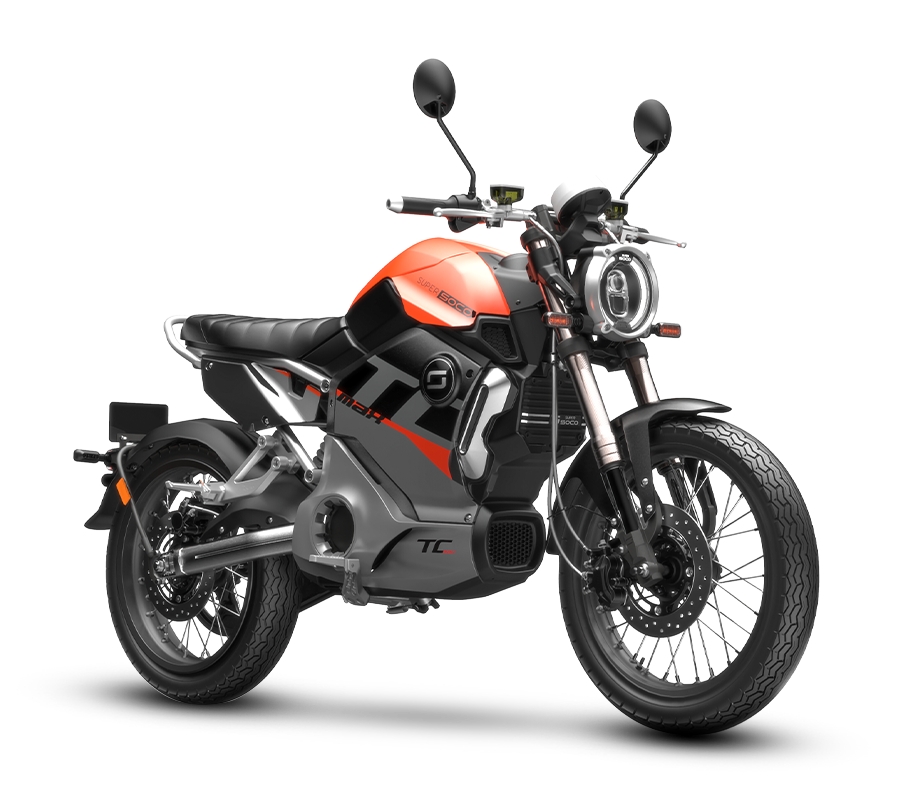
Now, four years later almost to the day, I’m riding the third iteration of that small-capacity commuter in the TC Max and the technology has improved a lot. Gone is the 2400W hub-driven motor from the rear wheel, in its place a belt final drive from a more conventionally mounted 3900W Bosch motor. It’s 28kg heavier than before at 102kg, it’s now got a top speed of 95km/h and you no longer need to push off with your foot if you want a decent launch. The specs say there’s 180Nm of peak torque, but it doesn’t feel like 180Nm ought to feel, nor does the 5kW of peak power feel as paltry – it’s hard to compare power and torque figures when petrol engines and electric motors are so vastly different in the way they transfer energy to a motorcycle’s rear wheel.
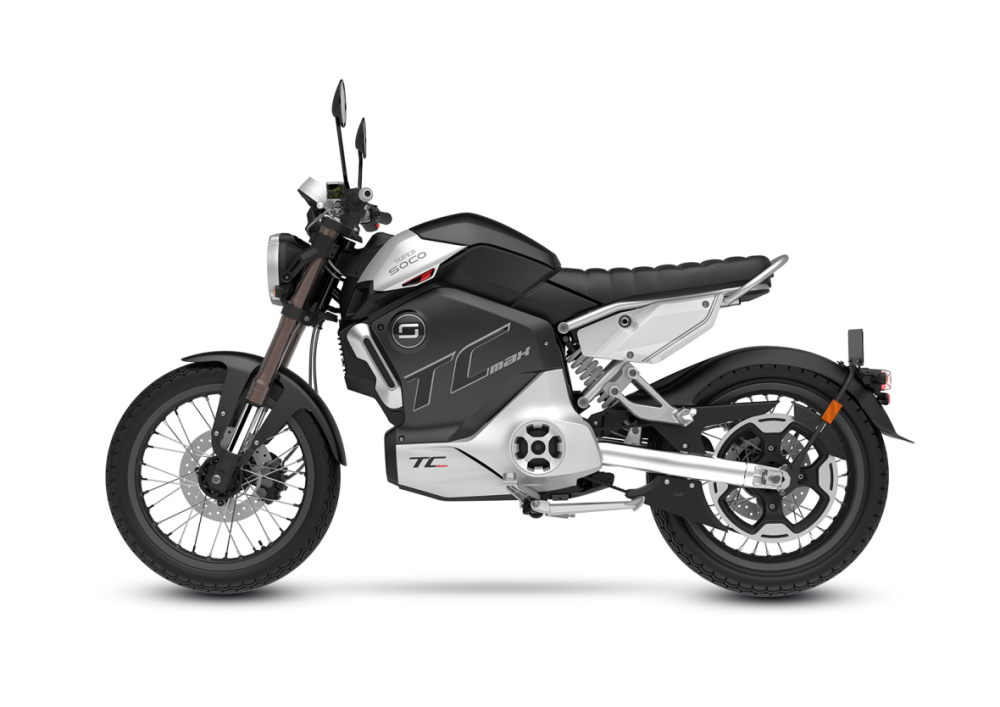
In terms of range, the TS1200R was good for about 75 kays, and the TC Max is good for about 95 kays, both of which is about right for an across-town commuter.
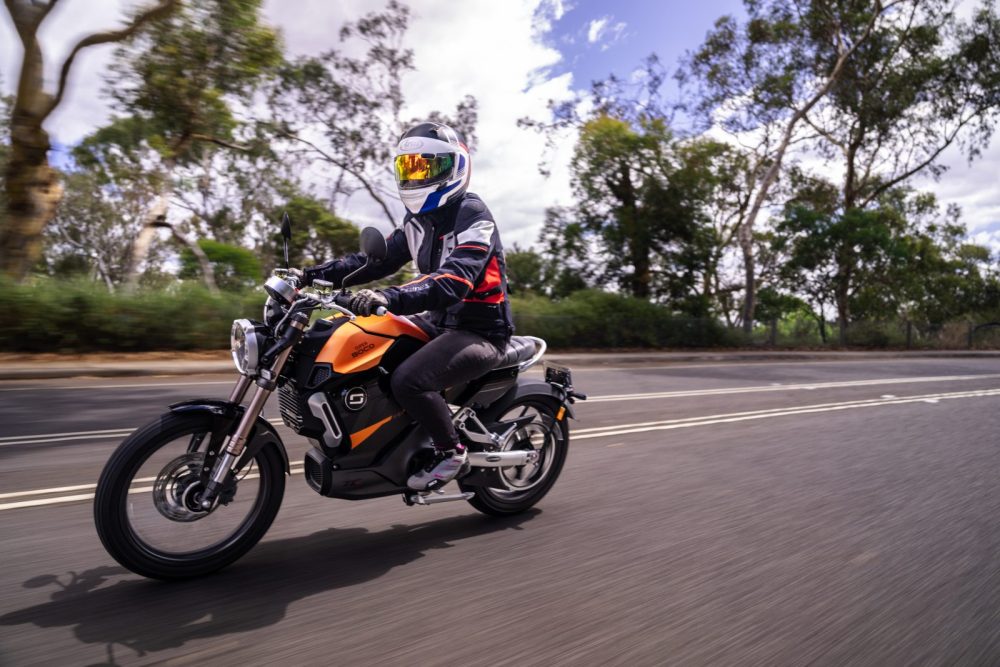
And if you happen to work 60 kays away from home and can’t park near a power point to plug the bike into, the battery is removable, so you can carry the 22kg lump into the office and charge it indoors during your work day.
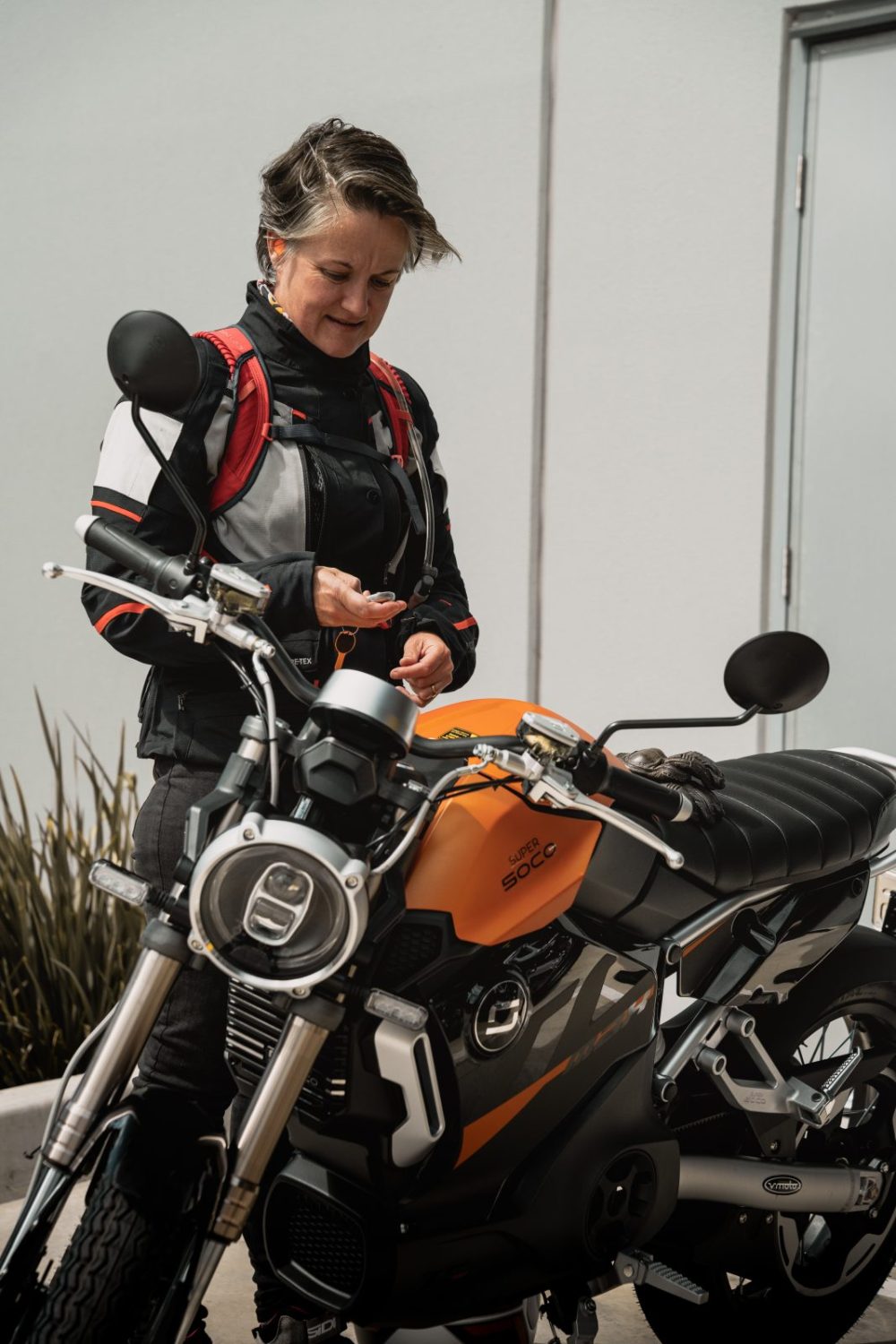
The battery itself is made up of nearly 19,000 lithium-ion cells and is said to be good for a sizeable 1500 charging cycles. Using the fast charger that comes with the bike, you’ll get to 80 percent of charge in less than three hours, while that last 20 percent to full battery will add another hour or more to your waiting time.
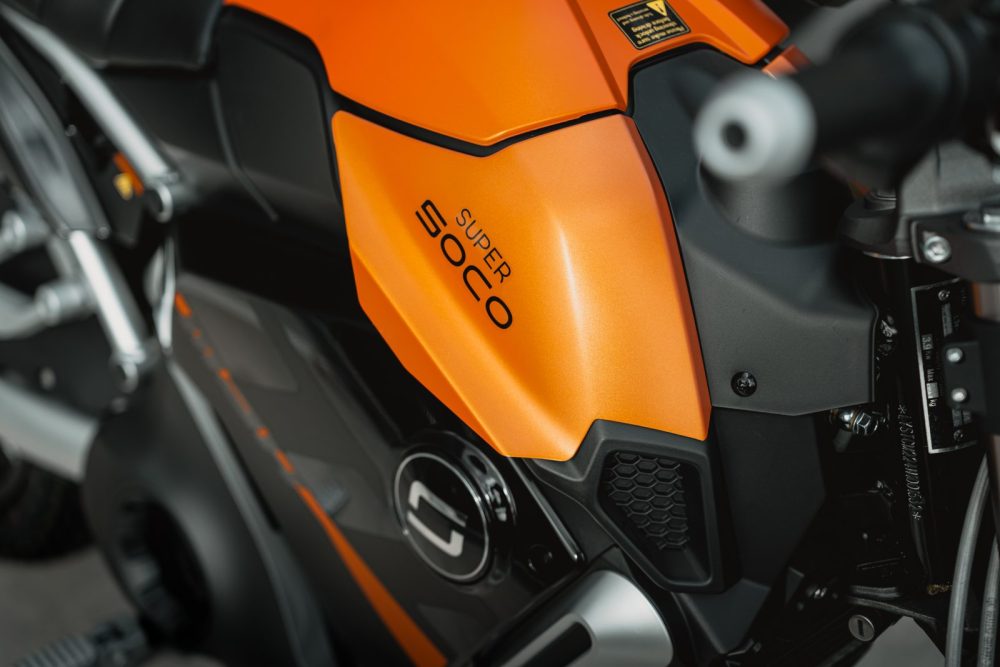
Charged up and ready to ride, you need to activate the bike via the proximity fob and, once it’s tucked away safely in your pocket, press the on button which – not unlike a welcoming Japanese toilet – will play you a sweet little melody welcoming you to the experience.
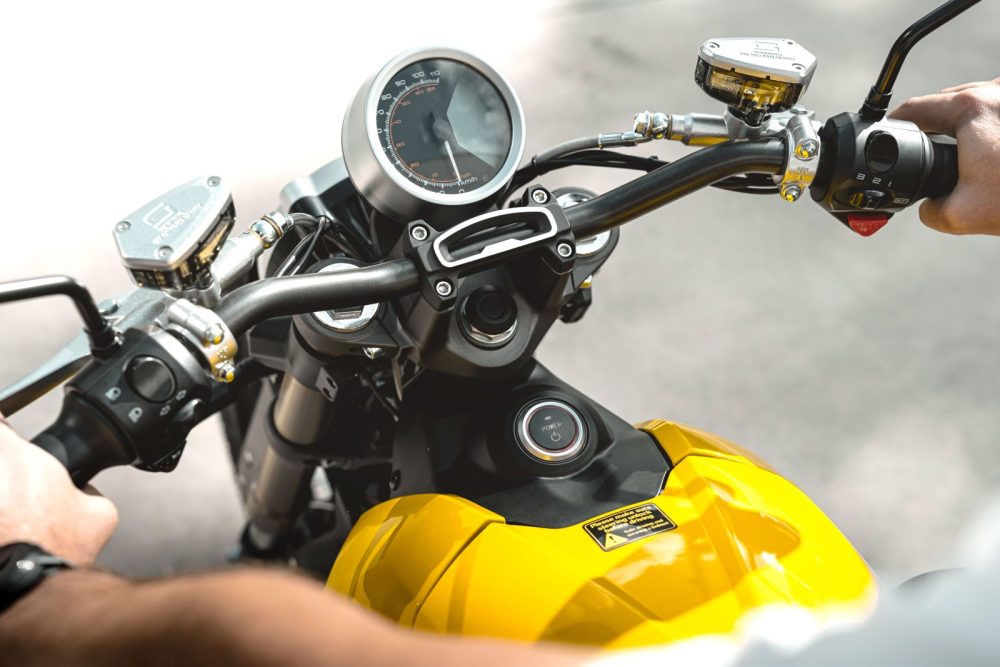
On the left-hand switchblock you find the horn, high- and low-beam switch and the indicators – though a press-to-cancel system should have been adopted because the left-right-and-back-to-middle affair is fiddly and hard to use. On the right-hand switchblock, you’ll find the switchable modes button allowing you to toggle between three power modes. While there’s an ever-so slight discernible difference between the acceleration when switching between the three modes, where it’s most noticeable is in top speed: 1 allows you to accelerate cleanly up to about 95km/h; 2 reduces that to around 70; while mode 3 won’t let you go any faster than about 55-60km/h. And I suspect it’s all about preserving battery. The ride used five different machines with riders ranging from 55kg through to about 120kg in weight. All riders switched between the different modes during the ride and, after arriving back at Super Soco HQ after doing maybe 45 or so kays of test riding, the percentage of battery remaining ranged from 47 down to 36 across the five machines. Given there’s more than 100 percent in weight difference between the heaviest and lightest rider, I reckon 11 percent is pretty impressive in terms of how rider weight effects – or doesn’t effect – the battery’s range.
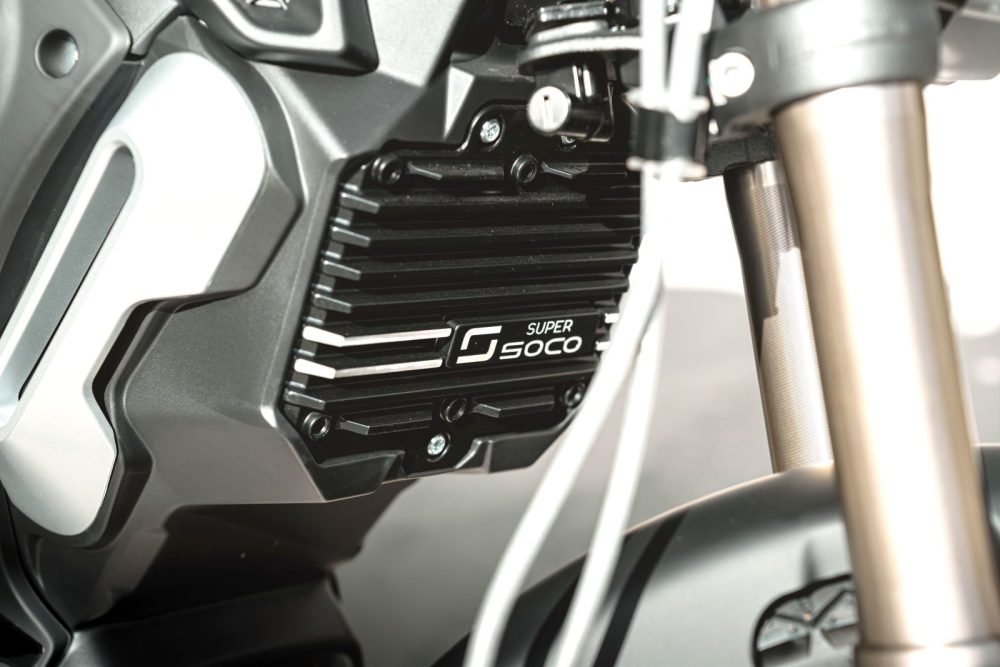
Speaking of weight, the non-adjustable upside-down fork feels slightly spongey when bouncing up and down on the bike at a standstill, though the inclusion of a combined braking system which actuates both ends when either is applied means the front-end dive you expect when you yank on the front brake doesn’t occur. There’s no ABS because the TC Max falls under the same regulations as a 125cc machine – the technology is only a requirement for bikes 250cc or over.
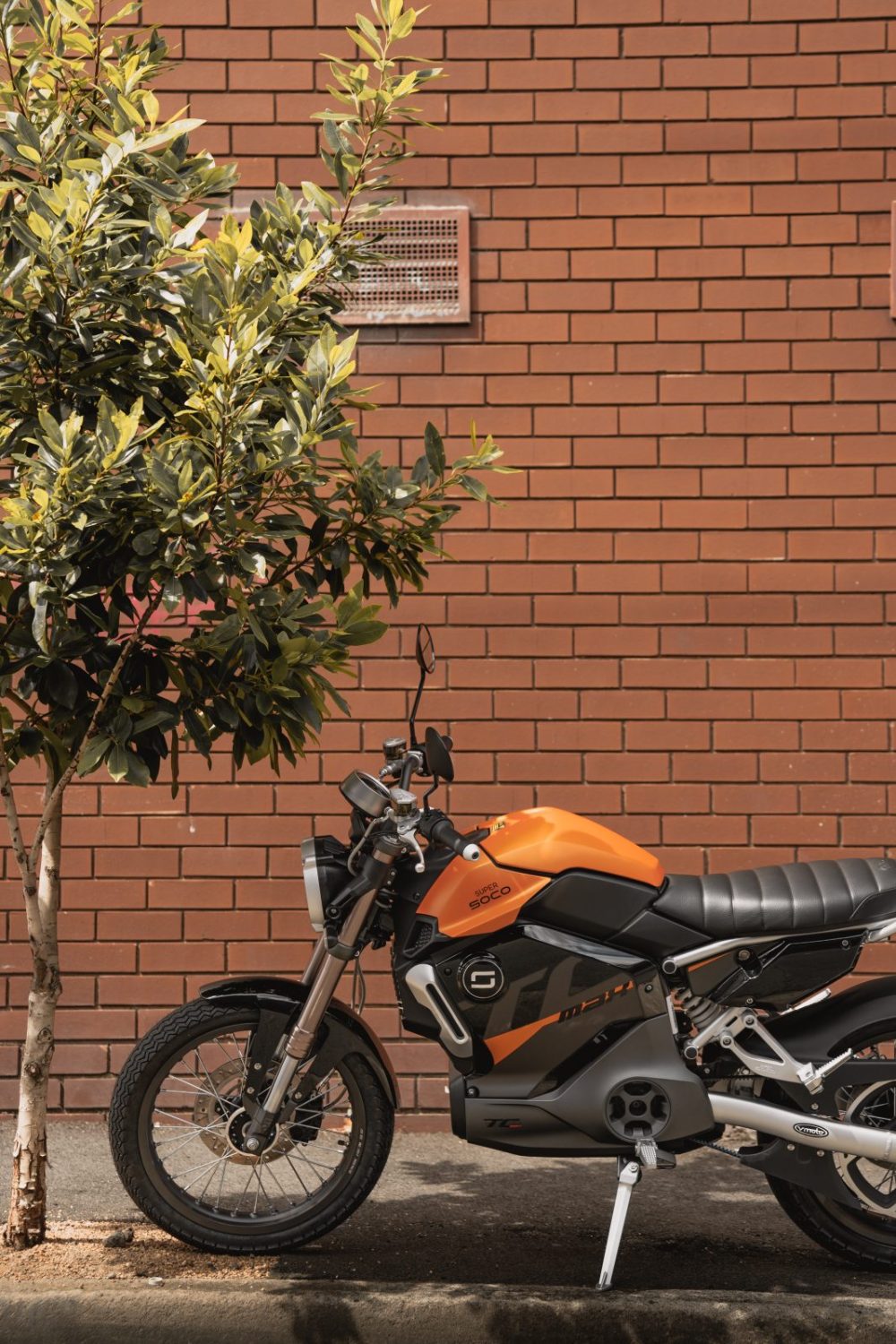
The single circular dash consists of a large analogue speedo taking up two-thirds of the real estate, while the rest of the info is crammed into the small LCD screen in the remaining third. As well as a temperature gauge, a trip/odo readout and mode indicator, the TC Max plays to the range anxious with three different readouts indicating how much juice you have left: there’s a kilometres remaining readout, a percentage remaining readout, as well as a ‘fuel gauge’ type graphic indicating the battery level. A clock would be a practical feature for what’s essentially a commuter bike, but one neat feature is the ‘dynamic’ headlight which adjusts its brightness depending on the ambient light.
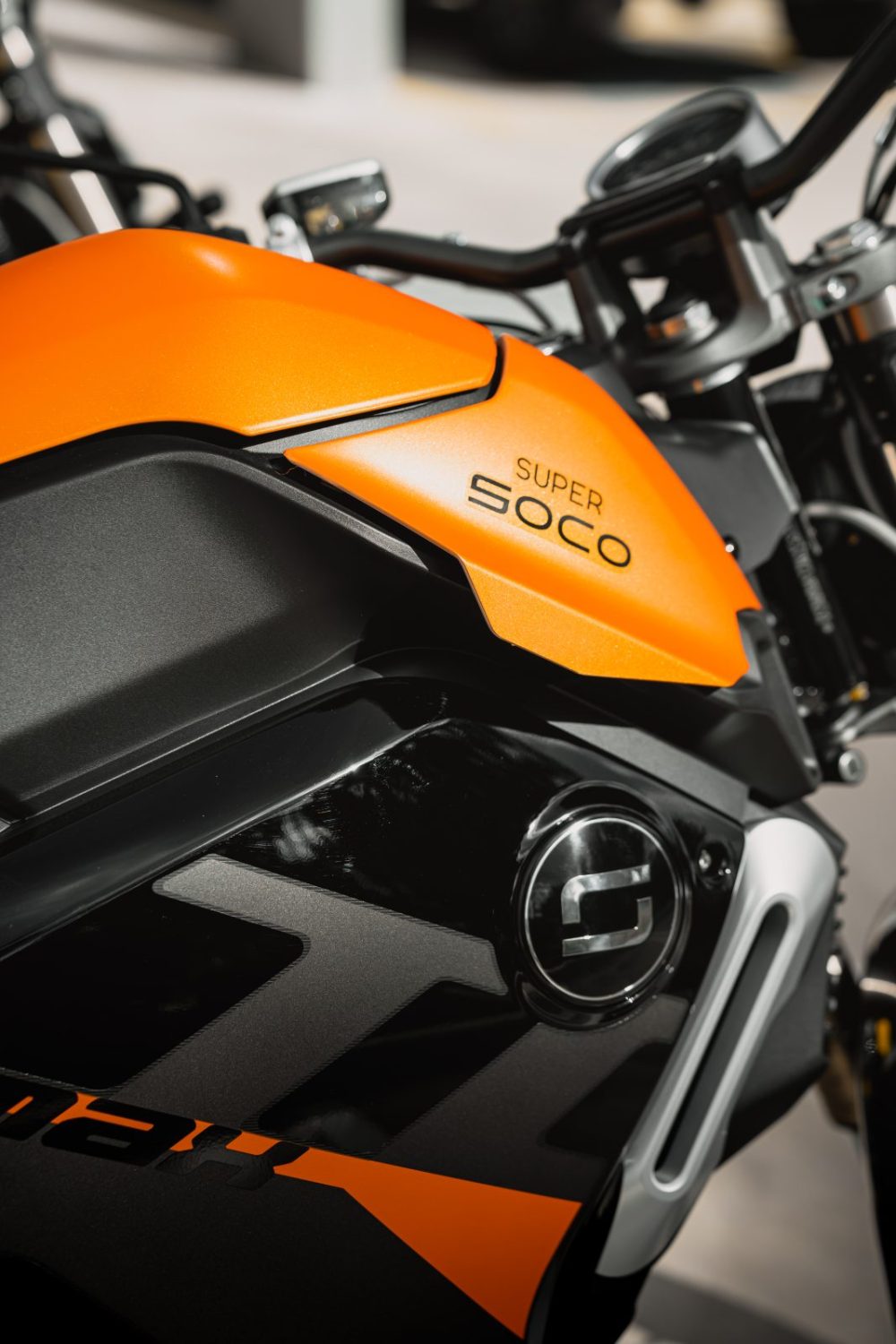
The 2019 TS1200R was $4990 (ride away), which is about a year’s worth of train tickets, while the latest TC Max is $7990 (ride away) complete with a two-year warranty. If you fancy wire-spoked wheels, add another $300. Three grand is a fair price increase, but the technology (and the world for that matter) has changed a lot in four years.
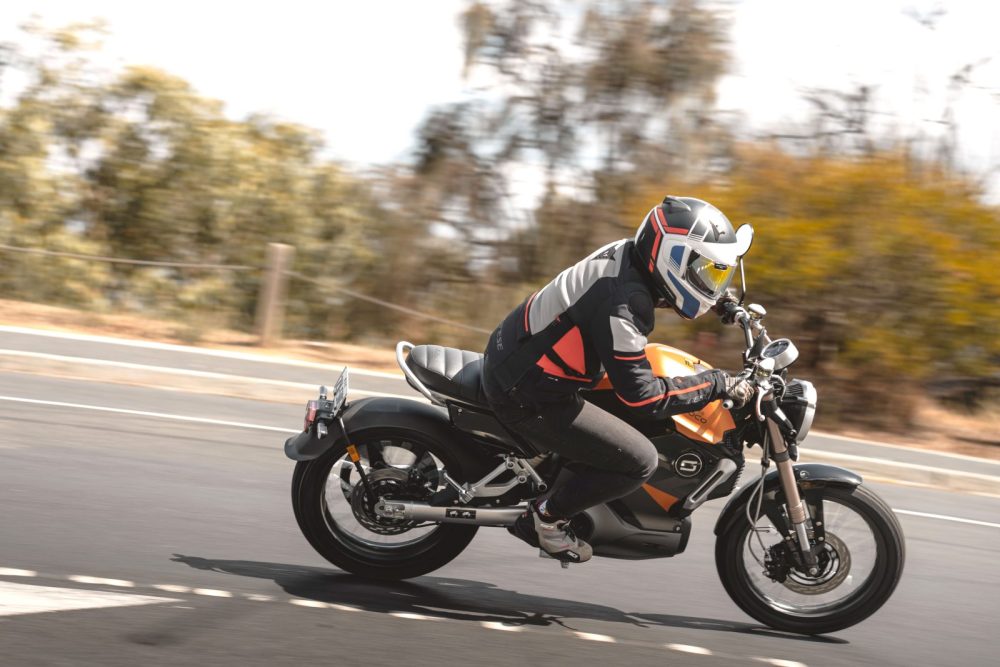
It’s a decent outlay compared to Honda’s $2869 (plus on-road costs) CB125E, and about on par with Aprilia’s $8140 (ride away) 125cc SR GT scooter – but bear in mind that tyres and brake pads are the only consumables you’ll ever need to buy.
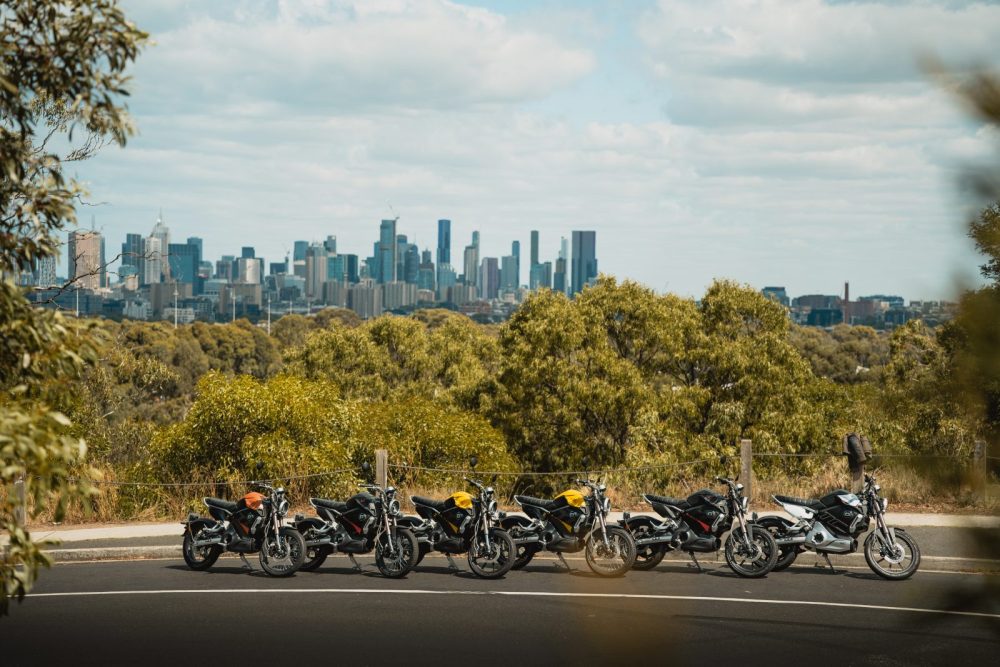
Test Kel Buckley + Photography Matthew Hayman & Tom Fassati